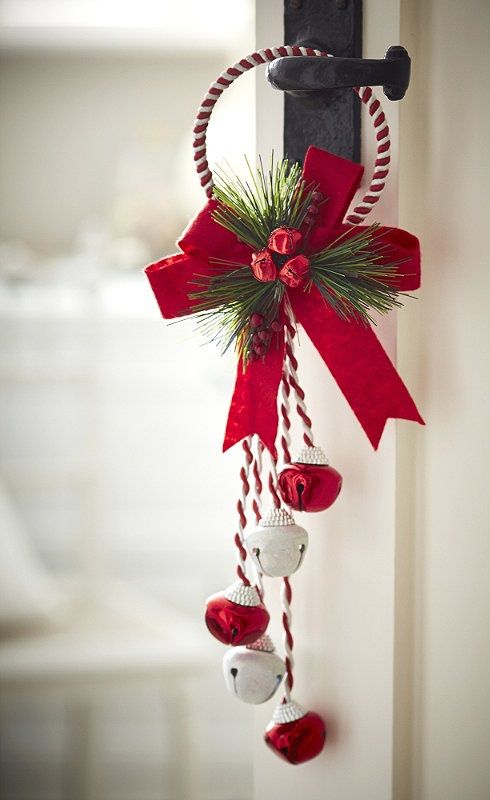7 Best Mini Succulents | Apartment Therapy
We independently select these products—if you buy from one of our links, we may earn a commission.
Houseplants make for good company, but not everyone has room—or patience!—for a fiddle leaf fig. The good news: There tons of striking plants on the small side, including plenty of mini succulents.
Mini succulents are in the cacti plant family, with fleshy, water-storing stems/leaves which enable them to use water very efficiently. That means they’re low maintenance and hard to kill, even if you forget to water. Mini succulents come in all shapes, textures, and colors, making them perfect for fun, decorative attractive scenes in your garden or home.
To help you get started on your mini succulent journey, Sonia Lackey and Lucinda Chrislip of Derby Farms Flowers & Gardens, a floral, home and garden, and decor shop in Massachusetts, says there are a few tips to keep in mind to maintain happy succulents. Mini succulents are native to the desert, needing very little water which makes them suitable for warm, low-humidity homes.
“The most common mistake succulent owners make is overwatering, so be sure to water once a week at most to prevent black stem rot,” Lackey says. “Many succulents thrive best in the sun, so place them on the south- or western-facing window in your home. Be sure to keep them away from gloomy rooms and drafty windows in the winter, as the preferred temperatures for succulents are 45 to 60 degrees Fahrenheit.”
For inspiration, check out these seven mini succulent picks—all of which are small in size, but big on style.
Living Stones or Lithops come in a variety of colors that camouflage in their natural surroundings, though they’re known to produce beautiful yellow or white flowers in the fall. These non-toxic South African natives tend to grow in clumps and mounds and get their name from its round, stone-like appearance. Living stones prefer bright light with at least four hours of direct sun in the summer. Chrislip says to keep the soil barely moist; don’t overwater.
Buy: Living Stone Plants, $4.99 each at Etsy
If you’re an absent-minded gardener, this humble succulent is perfect for you—it’s difficult to kill because it requires very little water and is happy to be away from direct sunlight. Haworthia is native to South Africa; it gets its nickname, zebra plant, from the stripes of white bumps on its leaves. Lackey says the zebra plant is a slow grower. It goes dormant in the summer and grows throughout the winter, so its watering schedule should be adjusted accordingly. “Keep the leaves dry and allow the soil to dry out before watering again,” says Lackey. Otherwise, you risk root rot or mushy succulent leaves.
Buy: Zebra Plant, $5 at Leaf & Clay
Echeverias’ glorious blue-green leaves are arranged in a rosette pattern that’s tipped in pink. They stay under three inches in height and four inches in diameter when mature—truly mini! Their perennial plush leaves radiate in rows from the centers, producing pink and yellow bell-shaped flowers atop their stalks in the spring. Chrislip says they recommend echeverias as gifts for indoor gardeners with pets because they are non-toxic. They’re also low-maintenance, requiring only partial sun and infrequent watering.
Buy: Echeveria Minima, $9.45 at Etsy
Sempervivum is a petite clustering succulent perfect for tight spaces, since it will stay under three inches in both height and diameter when fully matured. Its vibrant lime green leaves grow in a lovely rosette pattern, making it a beautiful addition to vertical succulent gardens.
Sempervivums thrive outside, too—they can survive not only frost but an entire winter under a blanket of snow. While they can also survive in partial and or filtered light, they’ll thrive under full sun. Chrislip says to prevent root rot, be sure to provide adequate drainage, and never leave standing water in the bottom of the pot.
Buy: Sempervivum ‘Little Bobo’, $4.99 at Mountain Crest Gardens
Looking for a succulent that you can also hang in containers? Check out the sedum Little Missy, a fast-growing creeping succulent with bright green and white variegated leaves that bloom tiny pink flowers in the summer. Because of its low-growing nature, this succulent is ideal for ground cover. Little Missy differs from other sedum varieties because it can tolerate more shade, but it thrives best in partial sun. Lackey says this pet-safe sedum requires infrequent watering and well-draining soil for proper growth.
Buy: Sedum Little Missy, 20 cuttings, $8.99 at Etsy
Flower Dust Plant (Kalanchoe Pumila)
“The clusters of petite pink flowers is one of the reasons why the Kalanchoe is my favorite succulent,” says Lackey. When Flower Dust Plants bloom between late winter and early spring, the pink flowers against the flat, broad silvery-white leaves are a sight to see. Flower Dust Plants are dwarf succulent shrubs, making them perfect for outdoor garden ground cover or hanging containers. Fully mature kalanchoes stay around 8 inches in height and are relatively easy to care for as they require loads of sun, little water, and adequate drainage. Be careful during the winter months as they must be protected from hard frost and frigid weather.
Buy: Kalanchoe pumila – Flower Dust Plant in 2-inch pot, $11.95 at Etsy
Baby Jade (Crassula Ovata)
With leaves that can turn red if exposed to prolonged sunlight, Baby Jades are versatile succulents that thrive both indoors and outdoors. Native to South Africa, crassula ovatas naturally stays under 24 inches, but their bright green leaves can be trimmed to maintain a smaller frame. Baby jades bloom lovely clusters of white, star-shaped flowers and are ideal for gardeners for any skill level. “These succulents are great for outdoors because they require minimal care, partial sun, and don’t require too much water,” Chrislip says. “Be sure to protect them from frost and give them properly draining soil.”
Buy: Baby Jade Crassula Ovata, $4.49 at Mountain Crest Gardens





Leave a comment